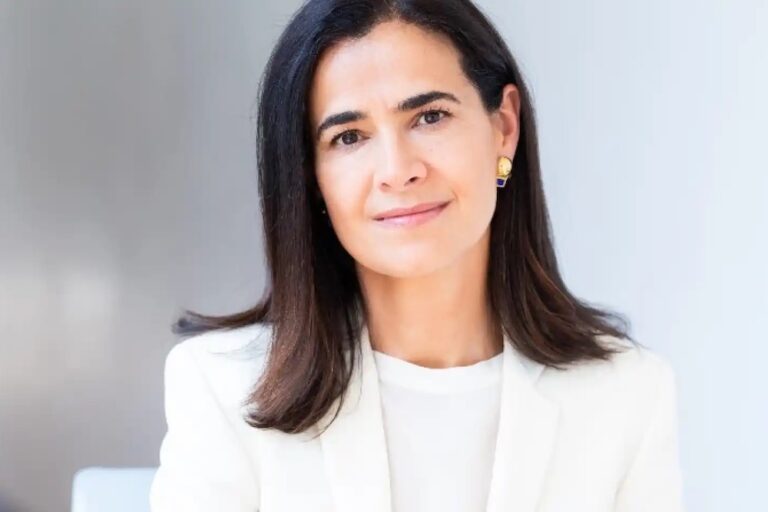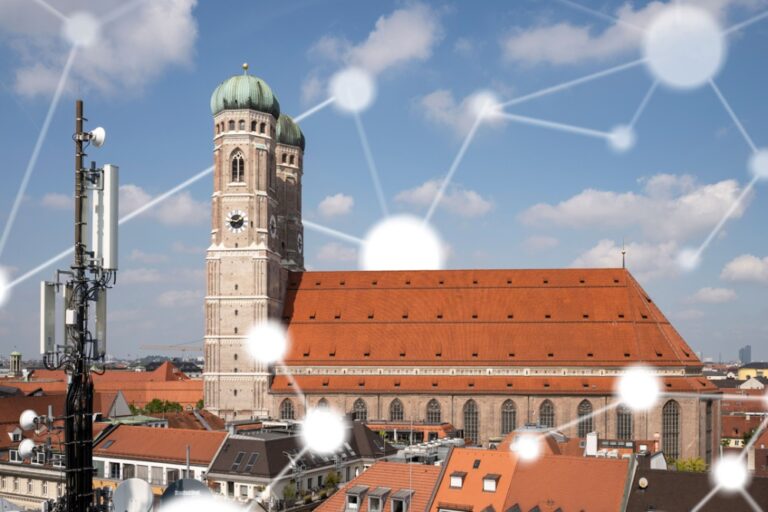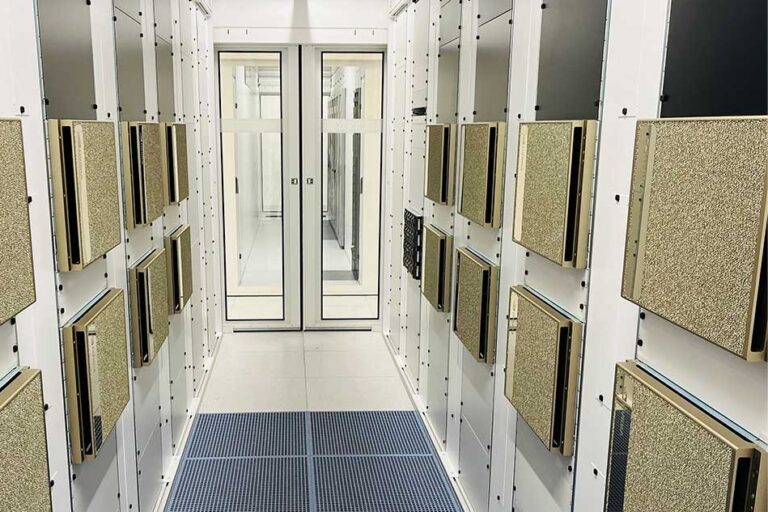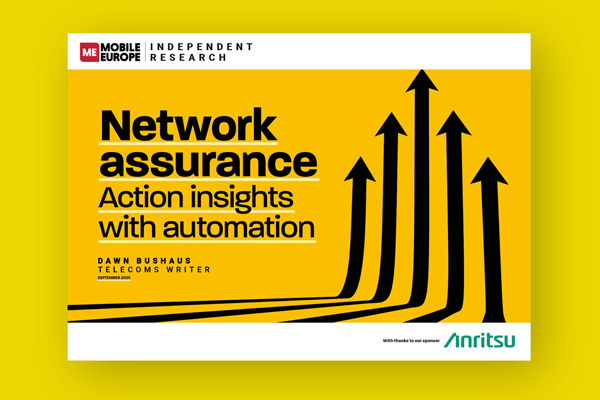Last week Telia Finland handed responsibility for the operation and development of its cable broadband and TV services to Teleste
Telia Company says it has completed the change programme it announced on 4 September. It aims to cut costs by shedding 3,000 jobs and decentralising the organisation, shifting to a country-led operating model.
The changes are intended to provide annual savings of at least SEK 2.6 billion (€255.6 million) and the restructuring charges are expected to amount to less than previously communicated, at around SEK1.3 billion instead of SEK 1.4 billion, with effect in Q4 2024.
From 1 December, each Telia opco in Sweden, Finland, Norway, Lithuania and Estonia is, in the main, responsible and accountable for commercial planning and execution. Capabilities in IT, analytics, products, customer contact and strategy have moved from Telia’s central units to the countries to support this.
However, Telia is retaining the scalability and expertise in a central strategic Technology unit and Group functions for group finance, corporate affairs, people & culture, and communications, brand & sustainability. Each has “refocused scopes and responsibilities in the new operating model”.
Telia claims that interfaces between Technology and group functions and the countries have been simplified, “as part of a broad evolution of Telia’s ways of working that will strengthen collaboration, increase efficiency and empower local organisations”.
Patrik Hofbauer, Telia Company’s President and CEO states, “We are creating a Telia fit for the future…We have made tough but necessary changes, and our employees’ dedication during this time has been exceptional. Through our new operating model, we can serve customers better, build performance in our teams, and grow in a way that supports investment and attractive shareholder returns.”
The operator said that restructuring charges of around SEK 1.3 billion in Q4 2024 will not affect Telia’s full-year 2024 financial outlook statements, which relate to service revenue growth, adjusted EBITDA growth, capex excluding fees for licences, spectrum and right of use assets, and the structural part of operational free cash flow.
Telia Finland brings in Teleste
Last week, Telia Finland and Teleste announed they had signed a multi-year agreement to transfer the operation and development responsibilities for broadband and TV services in Telia Finland’s cable network to Teleste.
The service transition is expected to complete by the end of 2024, with “a select group of key personnel joining Teleste as part of the transfer”.
“Our deep experience as a technology supplier and network operations expert gives us a unique perspective on the future of broadband networks. We are committed to supporting Telia Finland in the long-term development of their broadband and TV services, ensuring seamless service continuity while aiding strategic decision-making,” said Hanno Narjus, Head of Teleste’s Broadband Networks business.
The move should bolster Teleste in its domestic market after a tough year in which sales were lower than in its other European markets.
In 2022 Teleste updated Telia Finland’s video streaming platform for its cable network.













